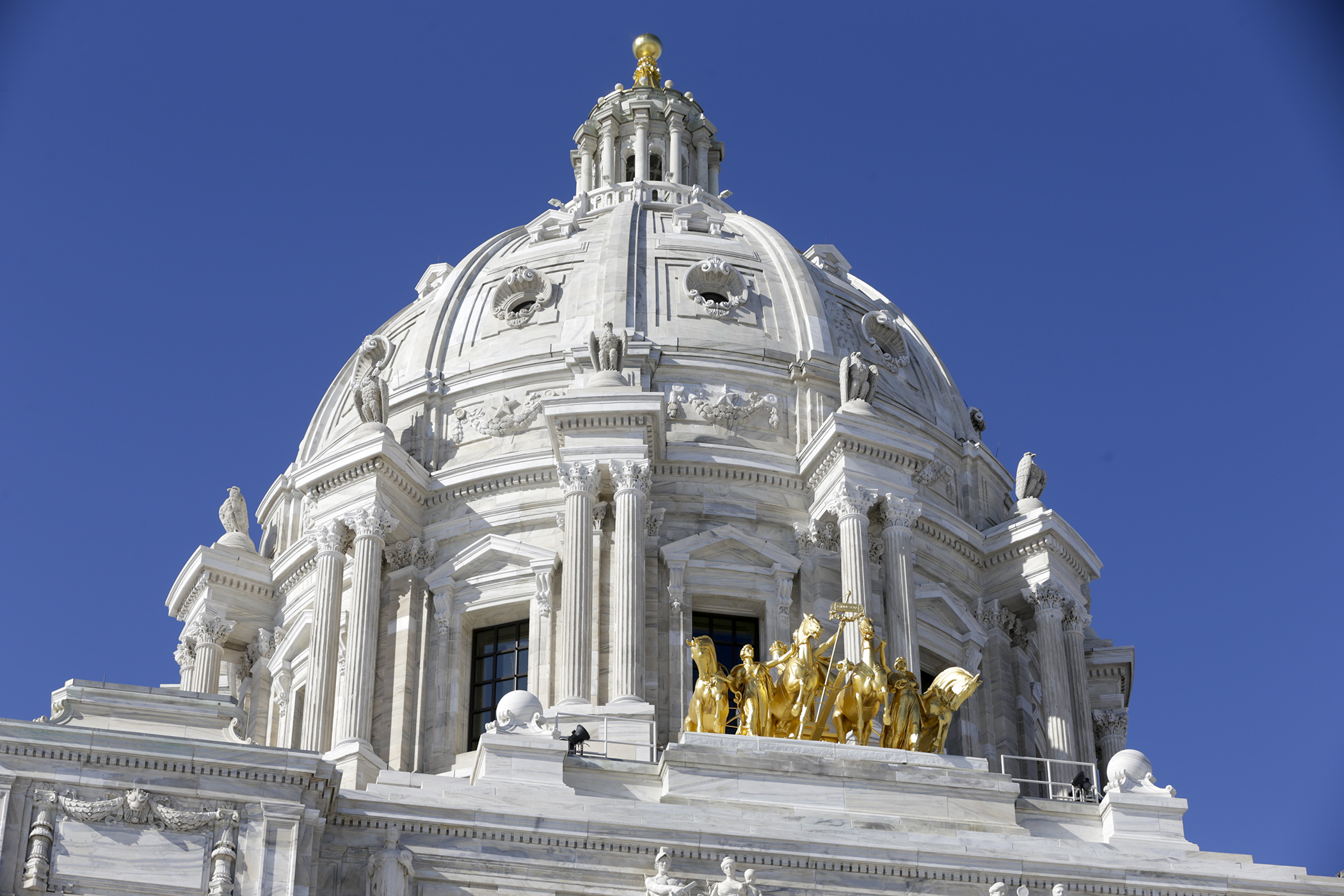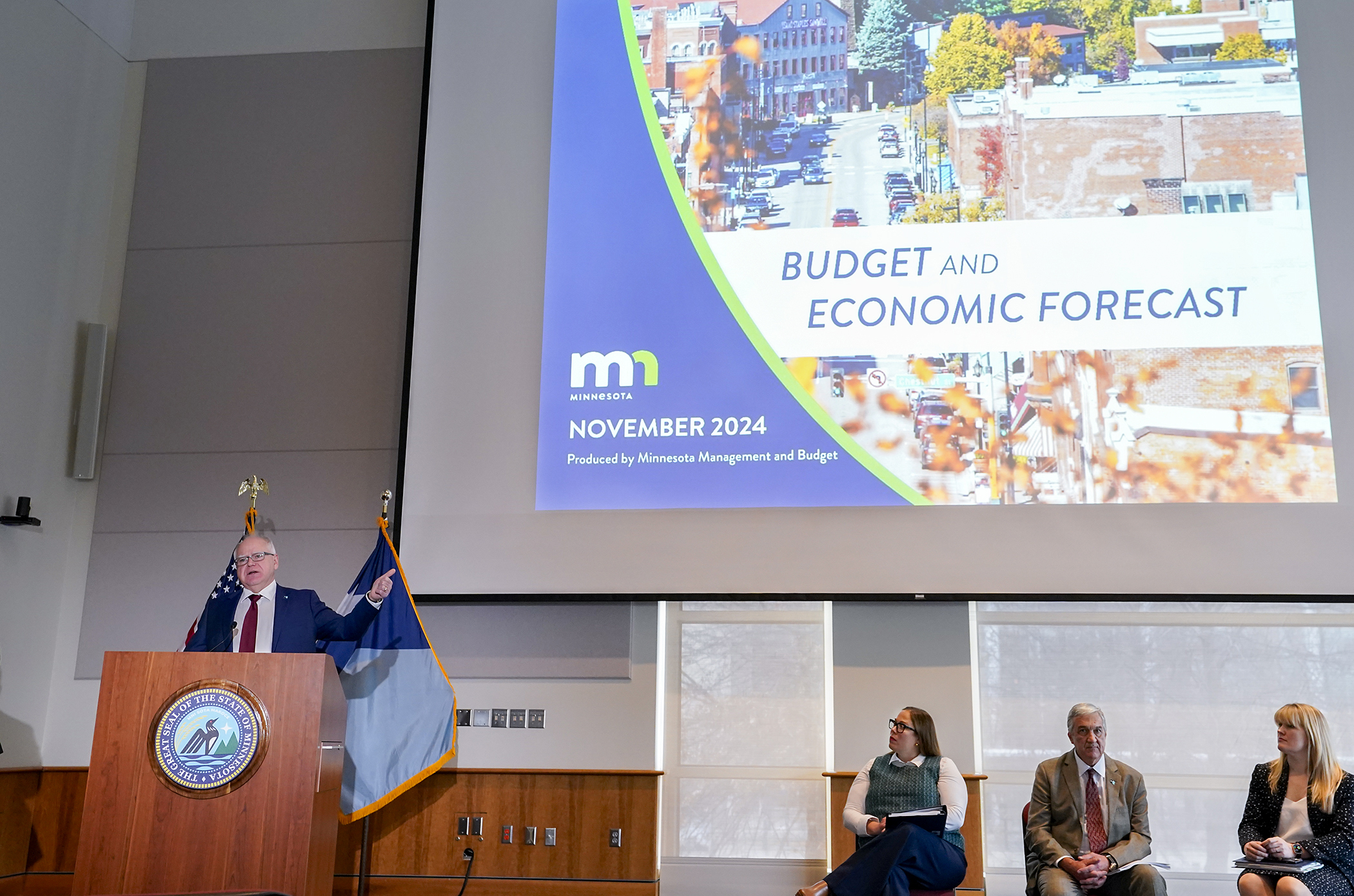Does race play role in how Minnesota arts get funded?
Is racism at play in how the arts are funded in Minnesota? Some artists of color think so and are advocates of a bill sponsored by Rep. Phyllis Kahn (DFL-Mpls).
The bill, HF2029, would have originally examined the impact of Black artists and their art in Minnesota and was first heard in the House Government Operations Committee the first week of session.
Kahn said that helping those in the art community who are not considered mainstream or part of the state’s “established arts community” is something she started to worry about when she began to pay attention to the Legacy bill — the Arts and Cultural Heritage Fund resulting from the Legacy amendment to support arts, arts education and arts access, and to preserve Minnesota’s history and cultural heritage.
When first presented to committee, Kahn’s bill would have examined only the Black art community. However, focus evolved during the committee process to include artists from all “diverse racial and ethnic communities.” The arts board would be required to report back to the Legislature on the following:
- utilization of artists from diverse racial and ethnic communities in the state’s arts institutions; that have 20 or more employees;
- barriers that hinder the growth of the artists;
- facility needs of the artists; and
- business development and technical needs of the artists.
An interim report would be required by Dec. 31, 2014, and a final report by June 30, 2015.
During the bill’s first hearing, Minnesota artist Seitu Ken Jones said the Black community does not have the organizational infrastructure to support their work, stating that he was one of the fortunate ones to have a few doors opened so he could see inside many of the state’s cultural institutions.
“Just based on casual observations, I can see that there aren’t that many people of color in the positions outside of security or food service or maintenance,” he said. “We haven’t had a Jackie Robinson yet in the art world. It’s unfortunately one of the last bastions of white supremacy that goes unquestioned in our society. Hopefully this bill will open up these doors wider so we know how many people are working in those institutions.”
Rep. Steve Drazkowski (R-Mazeppa) questioned Jones’ use of the term “white supremacy.”
“Is there discrimination against black people in the arts community? The absence of people of color equals white supremacy?” he asked.
Jones said he was speaking to the exclusion of people of color from positions of power and responsibility within the state’s cultural institutions.
“It’s not the just absence, it’s the lack of power,” Jones said. “I could talk about racism too and even substitute racism with that. I don’t want to offend folks when I use the term ‘white supremacy,’ but that’s actually what it is.”
The bill was heard in the House Ways and Means Committee on Wednesday. It now moves to the House Floor. A companion, SF1870, sponsored by Sen. Kari Dziedzic (DFL-Mpls), awaits action by the Senate State and Local Government Committee.
Related Articles
Search Session Daily
Advanced Search OptionsPriority Dailies
Ways and Means Committee OKs House budget resolution
By Mike Cook Total net General Fund expenditures in the 2026-27 biennium will not exceed a hair less than $66.62 billion.
That is the budget resolution approved Tuesday by the House Ways...
Total net General Fund expenditures in the 2026-27 biennium will not exceed a hair less than $66.62 billion.
That is the budget resolution approved Tuesday by the House Ways...
Minnesota's budget outlook worsens in both near, long term
By Rob Hubbard It looks as if those calling for less state spending could get their wish, judging from Thursday’s release of the February 2025 Budget and Economic Forecast.
A state su...
It looks as if those calling for less state spending could get their wish, judging from Thursday’s release of the February 2025 Budget and Economic Forecast.
A state su...